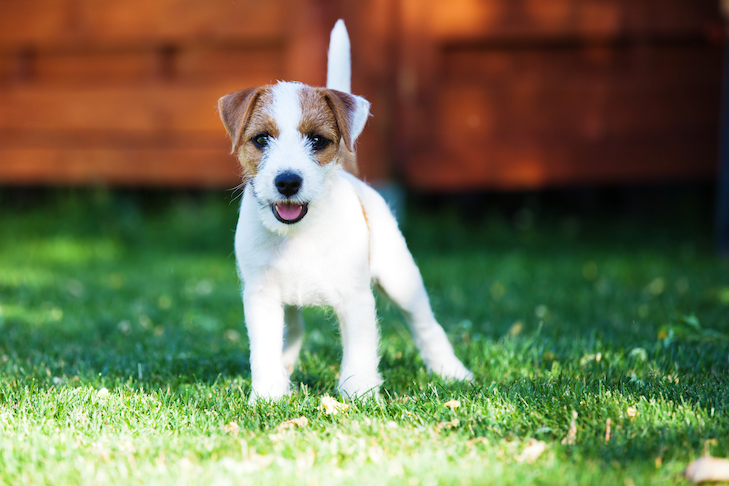Why do dogs wag their tails to communicate?
Words are the basis of human communication, so people are good listeners. Dogs, on the other hand, are watchers. Lacking a verbal vocabulary, dogs communicate broader messages with body language by taking a certain stance, moving their ears, furrowing their brow, shifting their eyes or wagging their tails.
Tail wagging works well for dogs. Since canine vision is attuned more to movement than to colors or details, dogs readily discern different tail wags. Evolution has also helped by producing tails that are more visible. Some tails have color variations such as dark or light tips, some are lighter on the underside, and some are really bushy. All of these traits accentuate the tail wag and enhance communication.
Why Dogs Wag Their Tails
Dogs wag their tail to communicate with humans and other animals. Often, it seems fairly obvious what the dog is trying to tell you when it wags its tail. Most people look at a dog with a wagging tail and assume it is happy. While this is usually true, there are times when a dog wags its tail just before it becomes aggressive. It is important that you pay attention to how the dog is holding its tail when its wagging it. Where the tail is and the way a dog holds its body while its wagging it can give you a clue about what it is trying to communicate. You should also pay attention to other signs in the dogs body language.
Is the dogs tail relaxed and moving back and forth? Is its body moving along with the wagging? If a dog is wagging its tail and the rest of its body seems relaxed or is moving along with the wagging, you are probably dealing with a happy, comfortable dog. Happy, relaxed tail wagging is usually accompanied by a happy facial expression. A happy dog usually has bright eyes, a relaxed open mouth, and possibly a gentle pant. Fast tail wagging with other happy signals usually means the dog is excited.
Is the dogs tail high and moving in back and forth motion while the dogs body remains fairly erect and rigid? If a dog is holding its body erect and rigid while wagging its tail, it may be telling you that its feeling territorial or uncomfortable with something that is going on around it. The tail may be low and wagging slowly, usually because the dog is hesitant about something. Or the dogs tail may be held high and moving back and forth, narrowly but rapidly. This discomfort can be a precursor to aggression. This is one reason people sometimes report that a dog was wagging its tail just before it bit someone. So, if you encounter a dog you dont know who is wagging its tail, check out what the rest of its body language is telling you before you approach. Its better to be safe than to get bitten by a dog.
So Why Do Dogs Wag Their Tails?
Even though we sometimes wish that our dogs could speak to us, dogs are great communicators and their tails play a huge role in letting us know how they’re feeling.
AKC Family Dog columnist Dr. Stanley Coren, professor emeritus in the department of psychology at the University of British Columbia, wrote in Psychology Today that since dogs’ eyes are very sensitive to movement, a moving tail is a great visual cue to other dogs.
“In some ways, tail wagging serves the same communication functions as a human smile, a polite greeting, or a nod of recognition,” Dr. Coren writes.
Reading your dog’s tail and body language is the best way to know what your dog is really trying to tell you. Just as different human facial expressions mean different things, tail movements vary on how your dog is feeling.
